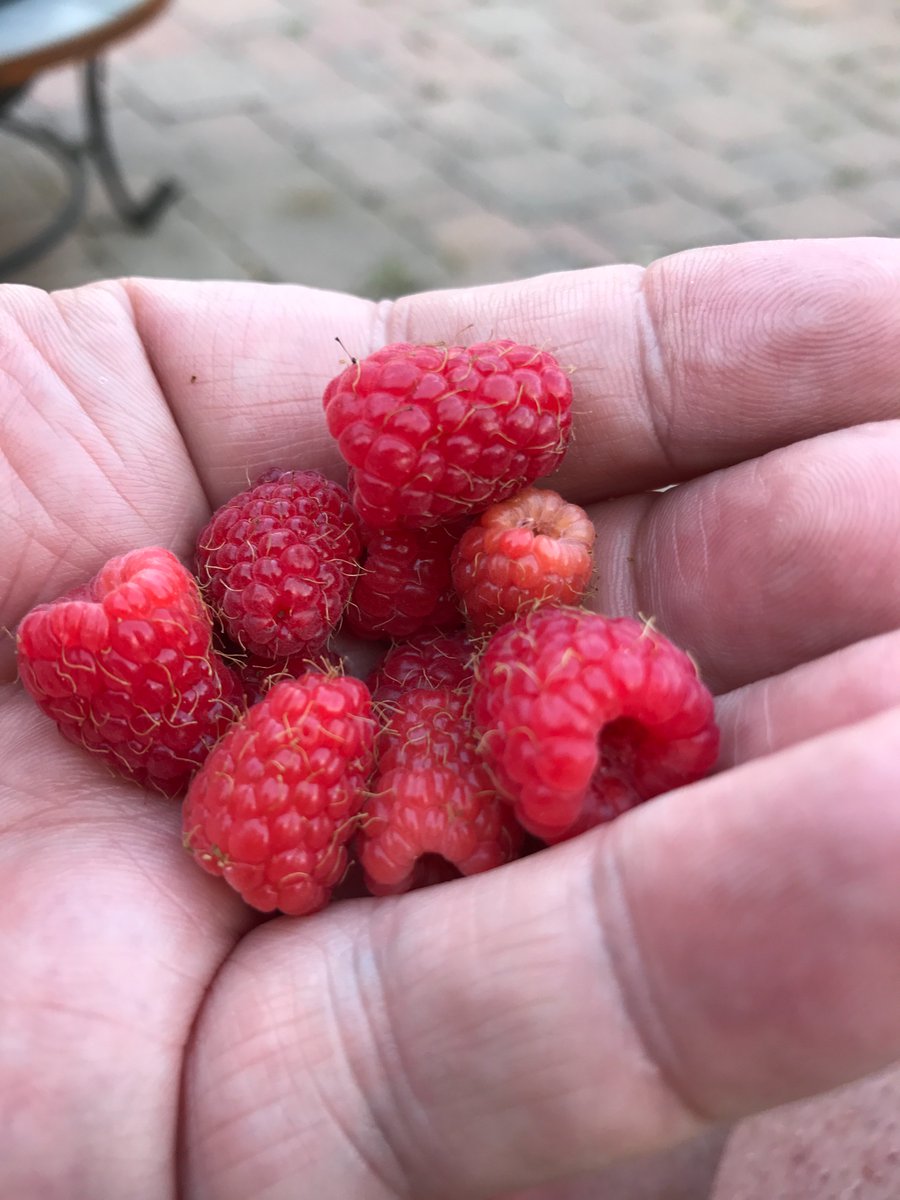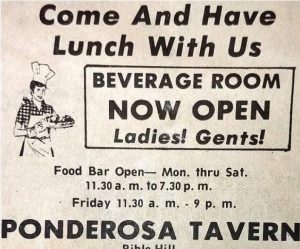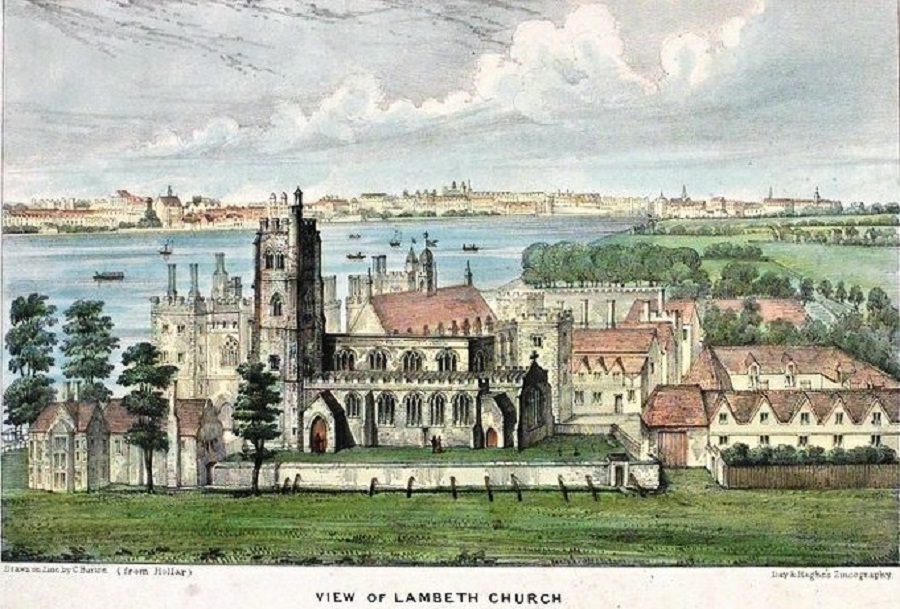
For a while now I have been noodling around 1600s English brewing history and have a bunch of posts that you can generally find here with a few other topics from that century woven in. The important things to understand are: (i) there were distinct forms of beer easily recognizable by the consumer, (ii) they mainly were defined by their geographical source and (iii) they are often but not solely described according to that location. So, brewing elements like a local water table, the local produce including husbanded post-landrace barley malts and traditional local malt bill blends combined to create reliable and recognizable categories of beer called Northdown/Margate, Hull or Derby. John Locke’s letter of 1679 gives a good example of contemporary understanding. Poor Robin’s Almanac in 1696 sets a similar marketplace of diverse offerings under the definition of Cock-Ale:
But by your leave Mr. Poet, notwithstanding the large commendations you give of the juice of barley, yet if compar’d with Canary, they are no more than a mole-hill to a mountain; whether it be cock ale, China ale, rasbury ale, sage ale, scurvy-grass ale, horsereddish ale, Lambeth ale, Hull ale, Darby ale, North-down ale, double ale, or small ale; March beer, nor mum, though made at St. Catharines, put them all together, are not to be compared.
However, the penny has yet to drop in relation to one prominent beer in that system. Lambeth Ale. Don’t get me wrong. It is pretty clear what it was: a lower alcohol bottled pale ale that was highly carbonated. Consider this line from the 1712 play The Successful Pyrate at Act ii., scene 1:
Ha, ha, ha, faith she is pert and small like Lambeth ale.*
But why was it called “Lambeth” after a shoreline district along London’s southern bank? One would think this is an easy question to answer but if we look at the facts on the ground at the time it is not one so simple to answer. For today’s purposes, let’s even call this part 1… or perhaps part 7… in my thought process. A winnowing. A ruling out perhaps. See, what bothers me the most about it is how I can identify the who and why and what about 1600s Derby or Hull or Margate but there is a bit of an issue when it comes to mid-1600s Lambeth. There ain’t much there on the ground.
Let me illustrate my conundrum. If you look up at the image above, which I am informed is a 1670 illustration of the sights at Lambeth, you will note two things: a big church complex and a lot of grass. Here is a similar version dated 1685. I have further illustrated the concept here for clarity. Lambeth Palace is and was the London residence of the Archbishop of Canterbury, head of the Church of England. It sits in what is known as – and what was at the time in question – Lambeth Marsh. Grass.
 To the right is a bit of a map from 1574 which shows the scene. Lambeth faces Westminster across the Thames, combining to embody the authority of the church and state. But to the south there are a few buildings, you note. Yes. And it appears Lambeth as a zone was narrow and long with northern and southern districts. So Lambeth Ale could be from the south of the Palace and the Marsh. It is, after all, a parish. Could be. But the south seems to really only develop after the building of Westminster Bridge in the very middle of the mid-1700s. And, as I noted a couple of years ago, when Samuel Pepys was downing lashes of Lambeth Ale, he was traveling over by boat when he was not finding it in town proper. Lambeth was a place, apparently, where one could do all sorts of things once the boat got you across. Here is Sammy P from his diary on the 23rd of July 1664:
To the right is a bit of a map from 1574 which shows the scene. Lambeth faces Westminster across the Thames, combining to embody the authority of the church and state. But to the south there are a few buildings, you note. Yes. And it appears Lambeth as a zone was narrow and long with northern and southern districts. So Lambeth Ale could be from the south of the Palace and the Marsh. It is, after all, a parish. Could be. But the south seems to really only develop after the building of Westminster Bridge in the very middle of the mid-1700s. And, as I noted a couple of years ago, when Samuel Pepys was downing lashes of Lambeth Ale, he was traveling over by boat when he was not finding it in town proper. Lambeth was a place, apparently, where one could do all sorts of things once the boat got you across. Here is Sammy P from his diary on the 23rd of July 1664:
…and away to Westminster Hall, and there sight of Mrs Lane, and plotted with her to go over to the old house in Lambeth Marsh, and there eat and drank, and had my pleasure with her twice, she being the strangest woman in talk of love to her husband sometimes, and sometimes again she do not care for him, and yet willing enough to allow me a liberty of doing what I would with her. So spending 5s or 6s upon her, I could do what I would, and after an hours stay and more, back again and set her ashore again.
Heavens. So, was it a pleasure ground with its own ale like the later Vauxhall? There is one problem I find with that. If we remember that Mr. Pepys is mentioning Lambeth Ale in the first half of the 1660s, we also find that there was a certain local someone who was not a big fan of brewing prior to that date. The Archbishop himself. Or rather an archbishop… as they come and they go. The one I am talking about is one who went in rather dramatic fashion: William Laud.
William Laud was Archbishop of Canterbury from 1633 to either 1640 when he was arrested in the English Civil War or 1645 when he had his head cut off.** In a 1958 article on 1630s English politics,*** there is a explanation of the word Laudian which indicates High Church Anglican and sits in opposition to Puritan reforming rabble. The illustration of the distinction is the Puritan distaste for churchales – local church fundraising fetes of a drunken happy sort. Laud took a political stance in support of this but mainly as a means to exercise his power early in his term of office, to fund his church repair project and to tick off the growing Puritan element within the church. He is not considered to have been all that pro-beer at the time.
He continues to not be a big booster of brewing. Writing to one Bishop Bridgeman, from Lambeth on 29th October, 1638, Laud enclosed a letter he had written to the Dean of the Cathedral of Chester “concerning your quadrangle or Abbey-court, & the Brewhouse, & Maulthouse there.” He stated that they had better do as he instructed or “I promise you they shall smart for it“! Here is some of the enclosed letter:
After my hearty commend: &c. I am informed that in your Quadrangle, or Abbey-Court at Chester… the BP’s House takes up one side of the Quadrangle; and that another side hath in it the Dean’s house and some Buildings for singing men; that the third side hath in it one Prebend’s house only, and the rest is turned to a Malt house; and that ye fourth side (where yo Grammar School stood) is turned to a common Brewhouse, & was lett into lives by yo” unworthy Predecessors. This Malt house and Brew house, but the Brew house especially, must needs, by noise and smoke and filth, infinitely annoy both my Lo: ye BPs house and your owne… hitherto this concernes your Predecessors, and not your selves. That won followes will appeare to be your owne fault… Now I heare ye Brewer’s wife is dead, and you have given mee cause to feare that you will fill up yo Lease againe with another life. And then there will be noe end of this mischiefe… And in all this I require your Obedience in his Ma’yes Name, as you will answer it at your p’ill. So I leave you &c.”
In early 1640, Laud wrote another letter. This time to the Vice-Chancellor of Oxford:
I received a Letter this Week from Oxford, from an ordinary plain man, but a good Scholar, and very honest. And it troubles me: more than any Letter I have received many a day. “Tis true, I have heard of late from fome Men of Quality here above, that the Univerfity was Relapfing into a Drinking Humour, to its great Dishonour. But, I confess, I believed it not, because I had no Intimation of it from you. But this Letter comes from a Man that can have no Ends but Honesty, and the good of that Place. And because you shall fee what he writes, I fend you here a Copy of his Letter, and do earnestly beg of you, That you will forthwith set yourself to punish all haunting of Taverns and Ale-Houfes with all the strictness that may be, that the University, now advancing in Learning, may not sink in Manners, which will shame and destroy all.
 After his arrest in December 1640, Laud faced a number of charges including one that he caused the shutting and pulling down of a number of brew-houses across the river in Westminster because their smoke disturbed his enjoyment of life at Lambeth. Just there to the right under the thumbnail is the charge as published in a 1695 book, The History of the Troubles and Tryal of the Most Reverend Father in God and Blessed Martyr William Laud, Lord Archbishop of Canterbury. There are two witness supporting the charge, Mr. Bond and Mr. Arnold of the second of which the following is said by Laud in his response to the charge:
After his arrest in December 1640, Laud faced a number of charges including one that he caused the shutting and pulling down of a number of brew-houses across the river in Westminster because their smoke disturbed his enjoyment of life at Lambeth. Just there to the right under the thumbnail is the charge as published in a 1695 book, The History of the Troubles and Tryal of the Most Reverend Father in God and Blessed Martyr William Laud, Lord Archbishop of Canterbury. There are two witness supporting the charge, Mr. Bond and Mr. Arnold of the second of which the following is said by Laud in his response to the charge:
2. The other Witness is Mr. Arnold ; who told as long a Tale as this, to as little purpose. He speaks of three Brew-Houfes in Westminfter, all to be put down, or not brew with Sea-Coal; That Secretary Windebanck gave the Order. Thus far it concerns not me. He added, that I told him they burnt Sea-Coal : I faid indeed, I was informed they did; and that I hope was no Offence. He fays, that upon Sir John Banks his new Information, four Lords were appointed to view the Brew-Houfes, and what they burnt. But I was none of the four, nor did I make any Report, for or againft. He fays, Mr. Attorney Banks came one day over to him, and told him that his House annoyed Lambeth, and that I fent him over. The Truth is this; Mr. Attorney came one day over to Dine with me at Lambeth, and walking in the Garden before Dinner, we were very fufficiently annoyed from a Brew-House; the Wind bringing over fo much Smoak, as made us leave the place. Upon this Mr. Attorney asked me, why I would not fhew my felf more against those Brew-Houses, being more annoyed by them than any other ? I replyed, I would never be a means to undo any Man, or put him from his Trade, to free my felf from Smoak. And this Witness doth after confess, that I faid the fame words to himself. Mr. Attorney at our parting faid, he would call in at the Brew-House: I left him to do as he pleased, but fent him not : And I humbly defire Mr. Attorney may be Examined of the Truth of this.
So. What to make of all this. First, it is very unlikely that there was a brewery at Lambeth Palace that was putting the stuff out as an estate ale. Laud did not like brewing and malting on church property and his found the resulting smoke annoying and after Laud it was turned into a prison. Tauntingly to the contrary is one small reference I have found related to London’s Training College of Domestic Science:
The College was founded in 1893 by the National Society in the disused Brew House of the Archbishop of Canterbury at Lambeth Palace. Here, training was provided for teachers of Cookery and Laundry. Housewifery was added to the curriculum in the first decade of the twentieth century after the College had acquired additional premises in Charles Street, Southwark.
For now, I am putting that brew house down to the 230 years or so between the restoration of Charles II and the founding of the College.
 Second, Lambeth Ale really isn’t referenced at that exact time. It shows up very neatly a couple of decades later at the other end of the English Civil War. As early as 1660 Pepys, a fairly high government official, is drinking Lambeth Ale and apparently having time of his squalid life. The wonderfully named Lord Beverage in his Prices and Wages in England notes it as recorded by the Lord Steward from 1659 to 1708. Click on that thumbnail if you don’t believe me. I haven’t not found, in fact, any reference to it much before 1659 but I would welcome any who have.
Second, Lambeth Ale really isn’t referenced at that exact time. It shows up very neatly a couple of decades later at the other end of the English Civil War. As early as 1660 Pepys, a fairly high government official, is drinking Lambeth Ale and apparently having time of his squalid life. The wonderfully named Lord Beverage in his Prices and Wages in England notes it as recorded by the Lord Steward from 1659 to 1708. Click on that thumbnail if you don’t believe me. I haven’t not found, in fact, any reference to it much before 1659 but I would welcome any who have.
Perhaps Lambeth meant more than just the place, just the Palace as a building. As I noted before, three years after Laud’s execution in 1648, Parliament placed a garrison and prison in Lambeth House which they also used as a prison. With the Restoration, came the rebuilding of Lambeth Palace as viewed by Pepys in 1665 but still he went there to gypsy fortune-tellers in 1668. And all this must be somehow laced into his contemporary understanding of the word Lambeth. Is it possible it started not as a geographical reference like Hull, Derby or Margate but as a bit of pre-Restoration political satire? Is the popping of the cork the popping off of the Archbishop’s head? The lightness and the fizz, a comment on his character?
I have no idea. But it does seem odd that the term appears in the middle of the great upheaval, comes out of a holy place turned into red light district and then continues on for decades, even respectably mentioned by John Locke in 1679 and the French Ambassador in the 1680s. It was so popular that it pretty much killed Christopher Monck, 2nd Duke of Albemarle, the Governor of Jamaica in 1688:****
Albemarle’s medical troubles began before leaving for Jamaica. In general the duke spent his nights, Sloane wrote, “being merry with his friends whence he eat very little … [and] drinking great draughts of Lambeth ale,” a practice that had secured him what Sloane termed a “habituall Jaundice if I may call it Soe.” Referring to the duke’s jaundice as “habitual” was no accident, for Sloane placed the responsibility for it squarely upon the duke’s lifestyle. Thirty-three years old in 1686, Albemarle practiced no regimen, “loves a Sedentary life & hates exercise, as well as physick,” his physician lamented. Prior to departing for Jamaica, the duke was attended by several physicians who prescribed “temperance & keeping good houres,” warning that “the voyage he intended for Jamaica it being a very hott place could not in probability agree with his body.”
Laud left a deep scar. He continued to be hated for his gross authoritarian excesses as we see from this 1730s letter from the non-conformist Samuel Chandler to theologian William Berriman:
Oh! how happy are the present times, and with what satisfaction may I congratulate my country, when titled divines, when reverend Doctors, when the dignitaries of the Church, hold up the blessed Laud as a perfect pattern for the imitation of the reverend Bench, and insert him into their calendar of Saints and Martyrs! How will discipline flourish under such spiritual Pastors! How effectually will the mouths of saucy laymen be stopped, and the liberty they take in censuring God’s anointed priests be suppressed J How secure will the Gentlemen of England be in their lives and properties and estates, when instead of the Courts of Westminster-Hall, they shall be again subjected to the Star Chamber, High commission and spiritual Courts! Oh what infinite blessings must spring up from a revival of the Laud, an principles and times!
I know this is a leap but it strikes me that the contemporary beer drinker could not but help make an indirect connection somehow between the role of Lambeth Palace and name Lambeth Ale. But, if so, what is the connotation? What is the connection? And despite that connection, it still appears to have been a singular beer – weaker, fizzy, bottled and worth rowing across a river for. And high status stuff. Worth shipping to France. Worth a Governor drinking himself to death.
*See A Supplementary English Glossary, Thomas Lewis Owen Davies, at page 369 which defines Lambeth Ale based on that quote, concluding “seems from the extract to have been brisk and not heady.” Is that it? Is the idea that it is not “heady” the joke on the beheaded Laud?
**I really did not know that folk other than Charles I had his head cut off so this bit of research has already been instructive.
***“County Politics and a Puritan Cause Célèbre: Somerset Churchales, 1633: The Alexander Prize Essay,” by Thomas G. Barnes, Transactions of the Royal Historical Society Vol. 9 (1959), pp. 103-122 at footnote 1, page 103.
****at page 225.

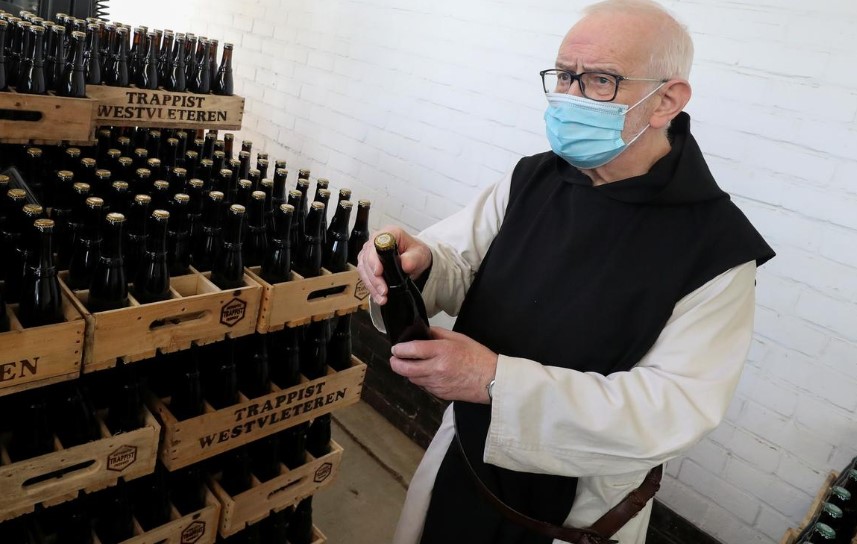
 Like you, I am tired. End of year tired. I was tired on Christmas Eve and Christmas Day offers no rest. It feels like the end of a university term and tomorrow we travel. 2019 was a good and busy year – and next week, in my fifty-seventh year, I enter my seventh decade on the planet. I need a rest. So I will be brief this week if only to see if I can get in another nap.
Like you, I am tired. End of year tired. I was tired on Christmas Eve and Christmas Day offers no rest. It feels like the end of a university term and tomorrow we travel. 2019 was a good and busy year – and next week, in my fifty-seventh year, I enter my seventh decade on the planet. I need a rest. So I will be brief this week if only to see if I can get in another nap. 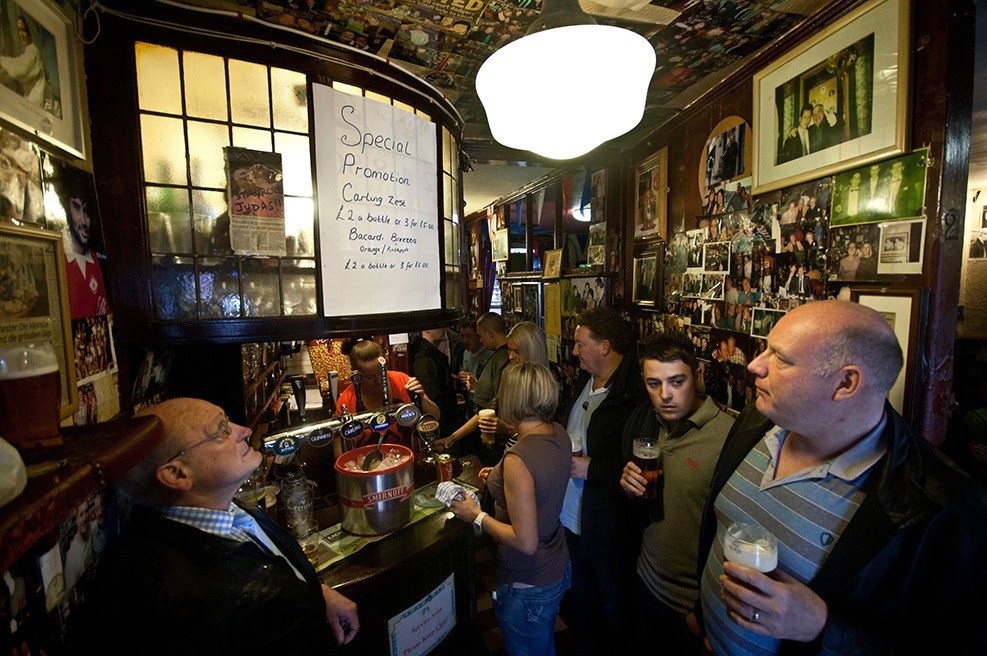
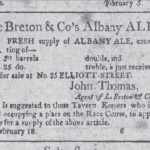


 I resemble that remark myself. And I even went to yet another bar this week. I never go to bars but last Friday for one at the
I resemble that remark myself. And I even went to yet another bar this week. I never go to bars but last Friday for one at the 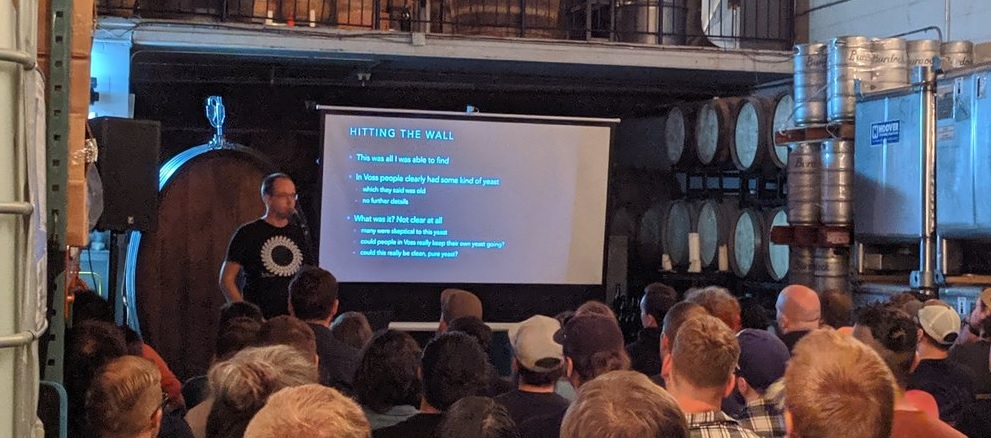
 Did someone say England? The BBC Archives shared
Did someone say England? The BBC Archives shared 



